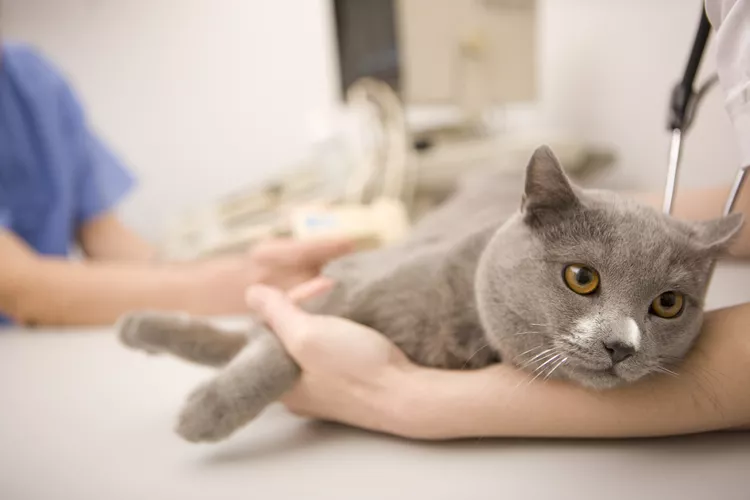
Expressing your cat's anal glands may need to be a routine practice especially if your veterinarian has recommended regular anal gland expressions for your cat. You can learn to perform the procedure at home (assuming your cat is cooperative) and save some money.
A cat's anal glands naturally express a scent-marking liquid when they defecate. Sometimes an impaction may occur that prevents the fluid from escaping and may need your help with their anal glands. This impaction can be painful for your cat and lead to further problems like infections.
It's not the most enjoyable experience for you or the cat, and it can be messy, so there's no need to be embarrassed if you decide to leave this job to the professionals.
It is important to understand the function of anal glands (also known as anal sacs) in cats. They are small structures located on both sides of the anus at roughly the 5 and 7 o'clock positions. Tiny ducts beneath the skin lead to openings next to the anus.
In cats, the glands' purpose is to leave a powerful territorial scent message via anal sac secretions that are applied to feces. A cat's healthy, firm feces "milk" the anal glands while passing through the anus. Cats may also spontaneously express anal sac secretions when excited or frightened.
Unfortunately, some health problems prevent this normal process from occurring. For example, obesity, chronically soft stools due to a poor diet, or gastrointestinal disorders may hinder the normal stimulus for anal gland expression. Weight loss and/or increasing fecal bulk and firmness (with a high-fiber diet or supplement, for example) may help, but manually expressing the gland can also be necessary to prevent anal gland problems such as impaction and infection.
Signs that you may need to express the glands manually include redness in the area and the cat scooting around or licking excessively.
Do not express your cat's anal glands without first consulting with your veterinarian. Problems such as anal gland infections and tumors require additional treatment.
You will likely need the help of another person to hold the cat while you perform the procedure. Have them hold the cat from the front (so it's facing away from you) with a reassuring touch.
Be sure that both of you remain calm and talk softly to your cat to reduce as much stress as possible. Offering treats as a distraction will help as well.
Hold the cat's tail up. Locate the anal glands at roughly the 5 and 7 o'clock positions on either side of the anal opening. When full, they tend to feel like soft but firm peas or jelly beans.
Using either the index fingers of both hands or the thumb and index finger of one hand, place your fingers on the outside bottom of the sacs. Gently press inward and upward at the same time until the gland releases its contents and is empty. Repeat on the other side.
Clean the anal area with moist wipes or a damp paper towel. Give the cat a final treat and release it. Remove the surgical gloves, wrap them up along with the used moist wipes in the newspaper, and discard them. Give your partner a high-five and celebrate!
If you were not successful, make an appointment with your veterinarian to have them express your cat's anal glands. When you go into the office, ask the vet to coach you on the procedure so you can try again the next time it's needed. Be sure to get a few tips on restraining and distracting your cat as well.
Your veterinarian can also check for evidence of anal gland disease, including:
Cats with recurrent anal sac impactions or inflammation may be treated with surgical removal of the anal sac. Anal gland tumors, which are not common, will also be treated by removal of the whole sac.

Cute Pictures & Facts About Calico Cats & Kittens
Learn fascinating facts about calico cats, including photos, the genetics behind this color combination, and common folklore and traditions.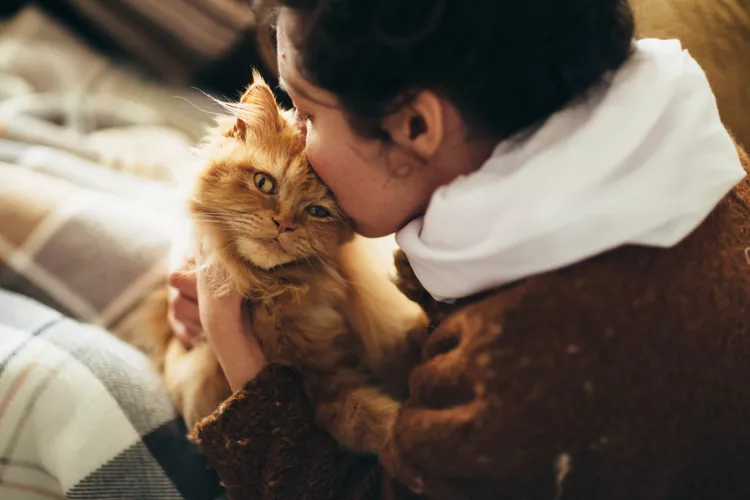
How to Prevent Cat Separation Anxiety During Vacations
Discover why cats develop litter box problems and cat behavior problems when you go on vacation and what you can do about it to help them.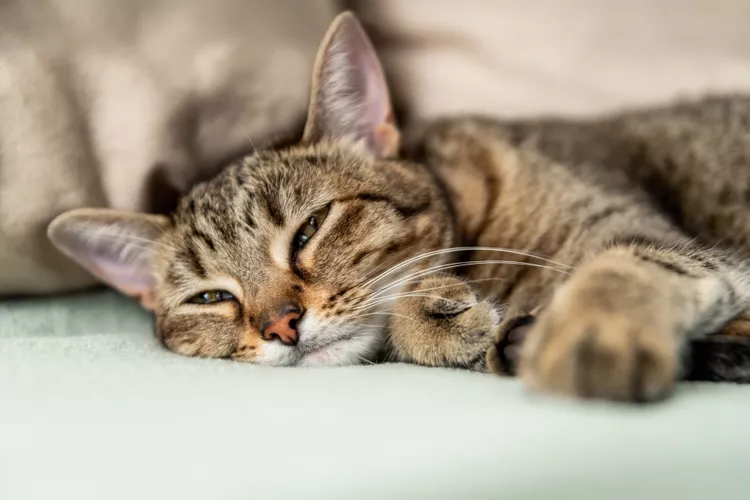
Cat Behavior Changes That Might Mean Something's Wrong
Cats' behavioral changes may indicate problems—or they may mean nothing at all. Explore causes of odd behavior and what to do about them.
Lhasa Apso: Dog Breed Characteristics & Care
The Lhasa apso is an ancient breed from Tibet that was bred to be a watchdog. Learn about its history, health, exercise needs, and more.
Reasons Why Dogs Run Away and How to Stop It
Dogs can escape, especially if they’re bored and not properly contained. Here are some techniques for stopping your dog from running away.
Can Dogs Get Depression? How to Help Your Sad Dog
Can dogs get depression? Learn about the signs of depression in dogs and find out how to help your sad dog.
How to Stop Aggression in Dogs
Dog aggression can be a serious behavior issue for pet owners. Learn how to stop aggression in dogs before someone gets hurt.
How to Stop Your Dog From Growling
A growling dog can soon become even more aggressive. Reduce the noise and potential for a dangerous situation with some of these techniques.
Why Do Dogs Dig Holes? How to Stop Your Dog from Relandscaping Your Yard
Dogs have been digging holes for centuries and for many reasons. Whether they’re bored or want to cool off in the dirt, here are the top reasons why dogs dig holes.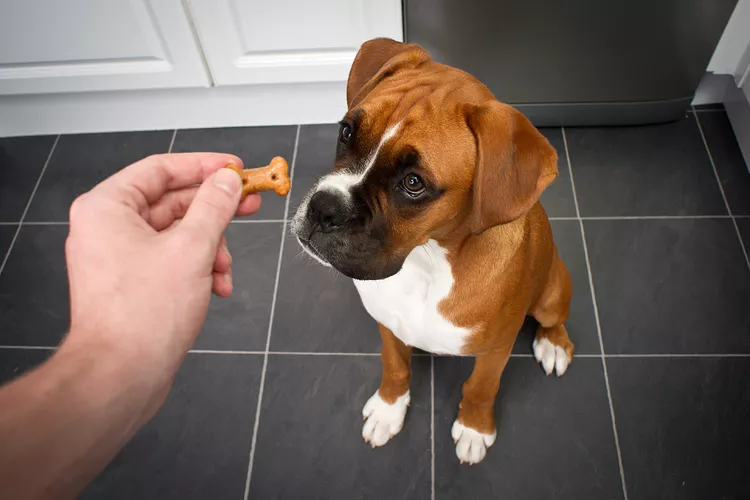
Dog Treat Varieties
Learn about the different types of dog treats on the market and decide which are best for your dog.
Can Dogs Eat Asparagus?
Dogs can eat asparagus, provided the vegetable is cooked plain and cut up for them. Seasonings, salt, and butter make it unhealthy for dogs.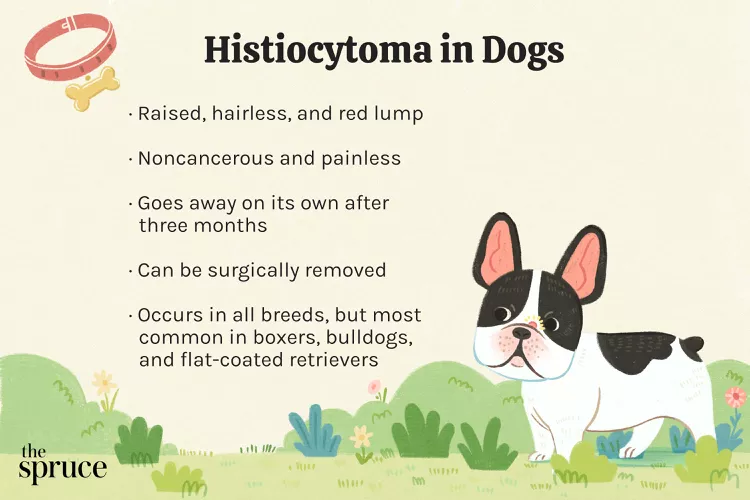
Histiocytomas in Dogs
A histiocytoma is a type of benign (non-cancerous) skin lump that usually affects young dogs. Learn the causes, treatment, and prevention.
Why Is My Dog’s Eye Swollen?
If your dog's eye is swollen, she may need veterinary attention. The inflammation could be caused by allergies, an injury, or even a tumor.
Common Bugs and Parasites Found on and Inside Dogs
Learn about common types of parasites in dogs. Find out how to treat and prevent parasites to keep your dog, your family, and yourself safe.
Exploring the Different Types of Pet-Friendly Beaches
Are you looking for pet-friendly beaches? Learn about the different types of pet-friendly beaches, their locations, and tips for visiting them with your pet.
10 Obscure, Little-known Canine Facts in Honor of National Dog Day
With National Dog Day upon us, it's time to celebrate everything about our favorite pets—even the weirder stuff. Here are 10 obscure facts about dogs you probably didn't know.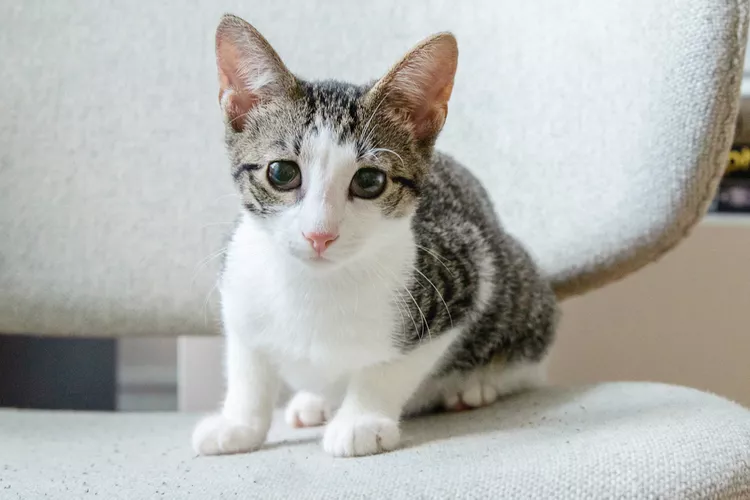
Kitten Development From 3 to 6 Months Old
Kittens grow and change a lot during their first year. Find out what happens between the ages of three months and six months old.
95 Siamese Cat Names
Our list of Siamese cat names has diverse and fun options to help you choose the ideal moniker for your elegant and lovable feline companion.
What to Buy for Your New Cat: A List of Essentials
Before you bring your new cat or kitten home, there are a number of things to collect or buy so your cat will feel welcomed like a family member.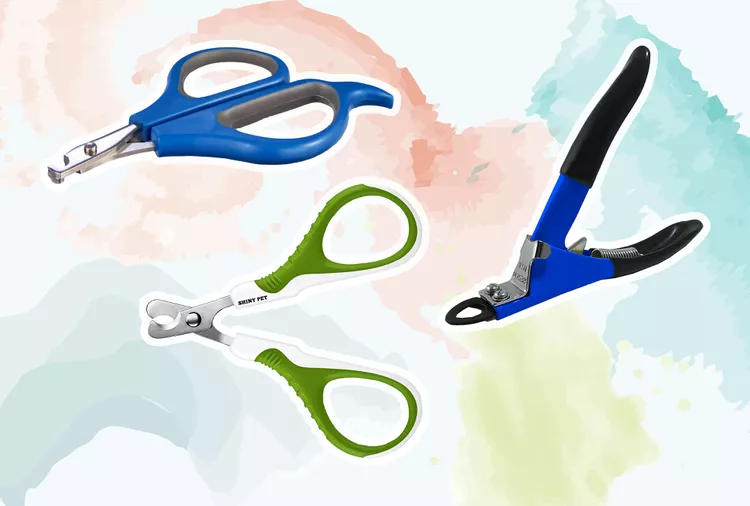
The 6 Best Cat Nail Clippers of 2024 for a Safe Trim
Clipping your cat's nails can save your furniture and keep your kitty comfortable. We asked veterinarians for their cat nail clipper recommendations.